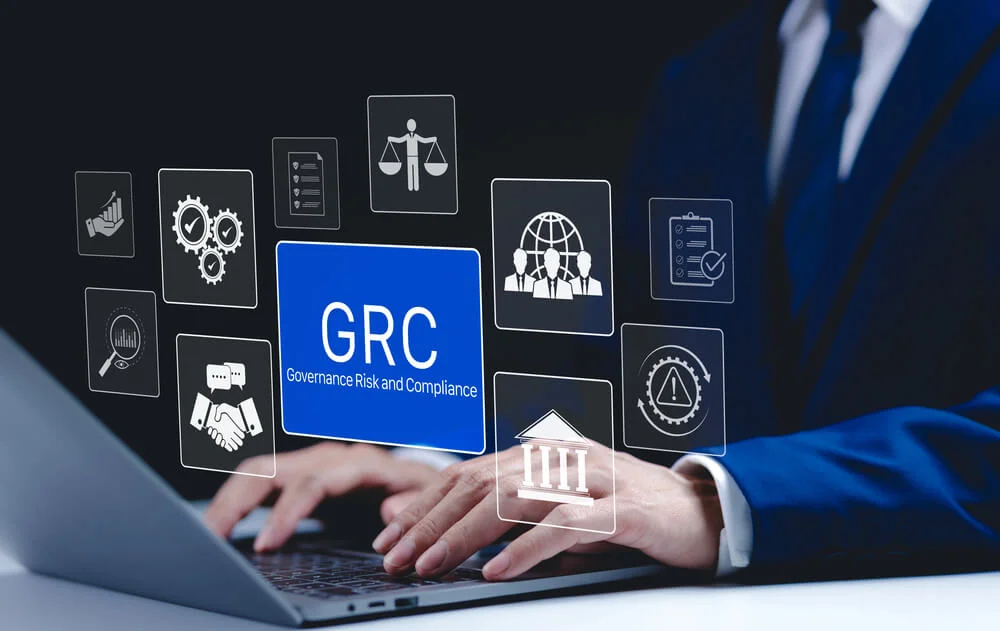
Expanding the Reach of Risk for all Companies
Much like the game of risk, in which the objective is to take political control and conquer the world, business risk requires some of the same methods to succeed. Not only do you need an army, but you need the capacity to highlight and show value to the process. Unfortunately, managing risk is a core competency essential to a successful business, but many do not do it well. Here are some myths that prevent companies from properly managing their risk:
1. GRC is Only an IT Issue
This couldn’t be further from the truth. The idea that GRC actions are only confined to IT or finance limits the company’s ability to see the organization’s real risks. Although IT and finance teams are contributing significantly to the Risk Register, business processes, key business decisions, and operational risks still need to be managed based on the appetite of the entire business. It is imperative that the head of each vertical is involved in the commencement of the risk program to ensure that the risks associated with their side of the business are properly accounted for. Appropriate program management and education are also required to ensure that the program doesn’t ‘fizzle out’ as other priorities impede daily operations. The most significant risk here is not staying on top of managing your business’ Risk!
2. It’s Too Hard
You’re right. It can be an uphill battle keeping people accountable, ensuring appropriate updates/analysis of the risks are performed, and solid progress is made. But it doesn’t have to be! Understanding workflows, automating updates, and ensuring appropriate information is captured for proper risk management can help ensure your risk program is as easy and smooth as possible.
3. Costs Too Much
Risk management costs aren’t significant; it is mitigating the risks that can empty the wallet. You must ensure that your whole organization understands the business’ appetite. Presenting risks to a committee will allow consistent treatment of risks based on reported scoring and evaluations. Even an oversimplified version of a risk treatment plan will cost less than the mitigation cost of that risk if it comes to fruition. Each business will have a different flavor, but ultimately, you should not pay more to mitigate your risk than the damage it could potentially cause.
4. It’s Impossible to Get C-Suite Buy-in
It is true that the C-Suite is the team hardest to get buy-in with. And there is a reason for this – they simply do not want to deal with risk since it does not directly progress the company’s bottom line. To combat this sentiment, a common tactic used by IT teams is to stress the importance of risk by employing fear-mongering tactics to company leadership. This is not the way. Quality statistics, company support, and a clear presentation of the risk program justify to the C-suite that risk management is essential. Give the C-suite the facts, and show that not managing risk properly now affects the bottom line in the long run by preventing expensive and time-consuming cleanup activities if and when a risk falls over.
5. Scoring is Purely Subjective
Risks mean different things to different people. Risk management frameworks try and standardize this through risk scoring, but ultimately the human element is involved. By establishing structure and workflows that foster appropriate, data-driven risk scoring, you can increase the objectivity and decrease the influence of emotion and opinion when calculating risk for your business.
As you can see, any combination of these risk management woes can roadblock the progress of executing a risk management process within your business. This is where Compyl comes in. Our team has had years of experience implementing frameworks and compliance within all types of companies. Compyl has created a platform with built-in processes and workflows that simplify the development and ongoing management of a risk framework, in addition to many other supporting functions across IT security, compliance, governance, and asset management. If you want to learn more about what we can do for you, feel free to contact us!




